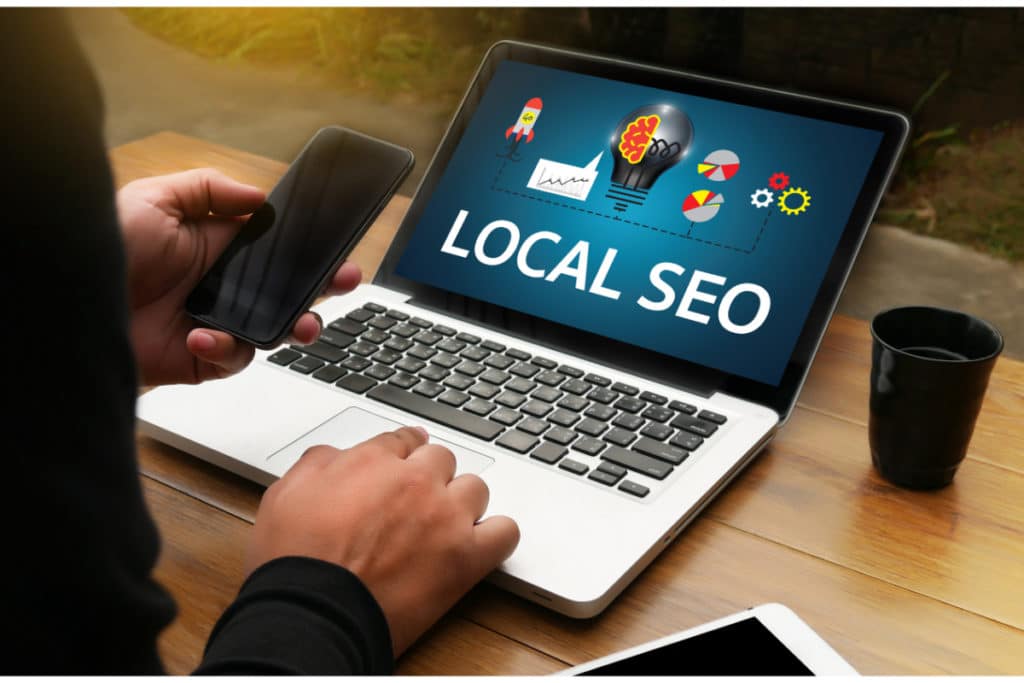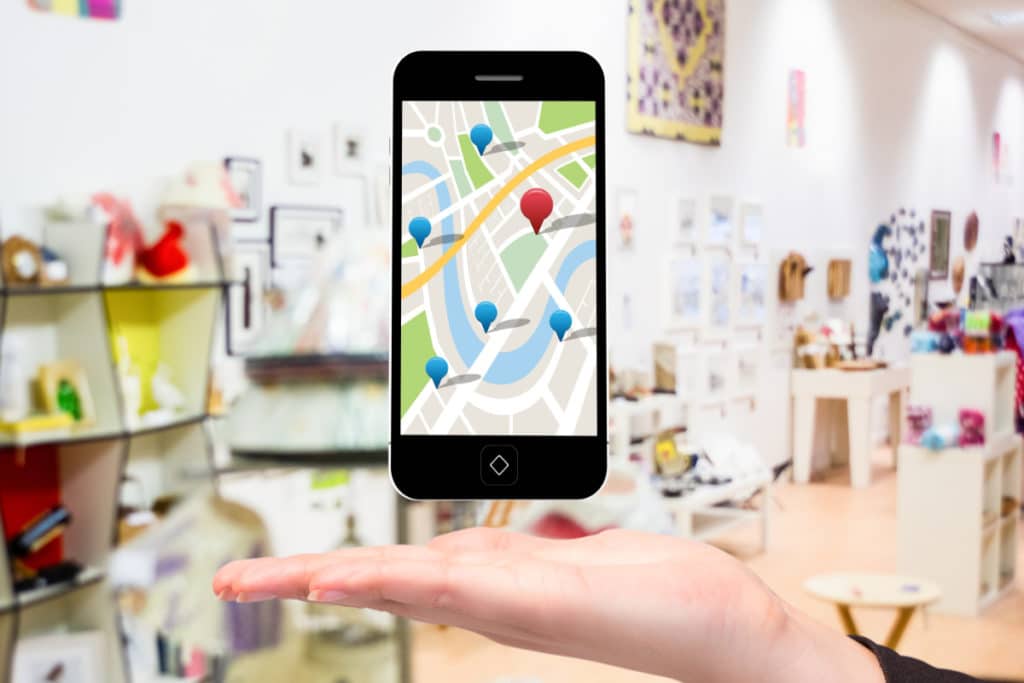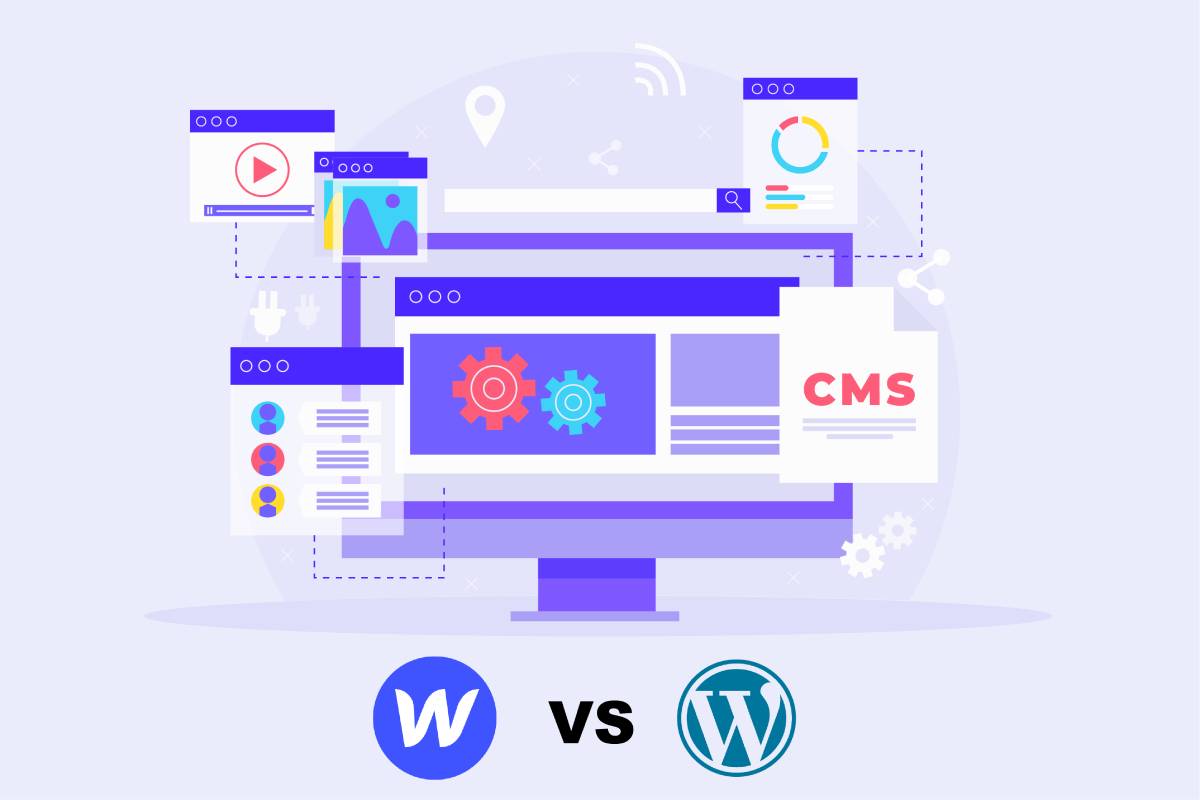While large outsourced entities focus their attention on the natural referencing of their website, small structures offering local formulas rely more on local referencing. Local SEO is a web optimisation technique that focuses on a specific geographical area. It is the first step towards success, as more than 25% of the queries made on Google have a local intention. The strategy uses a very specific tool: Google Maps. So how can you use Google Maps for your business with local SEO? In the following paragraphs, you will see how these ins and outs of an online strategy work for your business.
Spotlight on local SEO and Google Maps: the key to making your business thrive
The use of a site for profitability purposes requires optimal visibility and precise targeting. It therefore involves referencing by location, a strategy involving Google Maps. Let's take a look at these essential elements of your business.
What is local referencing?
Local referencing is the art and the way toplace your site in the first ranks of the search engine results pages. It concerns local queries such as product + city.
The query leads Google to make use of its Google Maps location tool. The tool shows the user nearby shops or businesses according to the search.
Local referencing actions have a common and unique objective: to optimise the visibility of a site through the precision of its geographical location.
Google's geolocation referencing mechanism follows a specific procedure. In order to obtain local results, the search engine refers to theIP address (Computer protocol corresponding to the identification number of each device connected to the network using the Internet protocol) of the Internet user who has initiated the search. It then adapts the results according to his location. This technique picks up sites in the vicinity even if the user's request is not geographically precise.
Local SEO versus natural SEO
There are several differences between SEO and local SEO, including their purpose. While natural referencing increases your chances of obtaining the first positions in the SERPs (Search engine results pages) on all queries, local referencing discerns your establishment. It gives your site prime positions in the result pages of a local search. The mechanism is even more relevant to Google Maps results.
Targeting also distinguishes the 2 concepts. Natural referencing covers all online activities: commerce, promotion, publication, etc. As a visibility lever, it is the tool of choice for e-commerce sites with a global reach. In contrast, local SEO is limited to a specific geographical location. It is dedicated to commercial activities for customer loyalty purposes.
On the other hand, a site that is unable to reach top positions in natural SEO due to strong competition can turn to local SEO.
What is Google Maps?
Google Maps belongs to the large Google family. The tool, which appeared in 2005, locates and shows businesses and company premises on its digital map. Easy to use, the tool offers its services free of charge throughout the world.
Over the years, it has become more and more popular due to the increase in local searches. This is why any company that aspires to make a profit from its activity relies on the application.
Google Maps analyses 3 criteria for positioning: relevance, distance and awareness. Relevance expresses the truthfulness and complementarity of your company's information.
The distance refers to the space between the Internet user's address and your premises. If you do not receive any indication from the user, the distance is calculated on the basis of his position, determined from his IP address. In short, the closer your location is to theirs, the greater your chances of appearing in first place.
Finally, the notoriety reflects the brand image of your establishment and the e-reputation of your site.
How can you show your business on Google Maps?
It only takes a few minutes to create a Google Maps entry. It takes place on the Google.com/maps website, but you can also do it on your Google Maps mobile application.
Searching for your company name starts the registration. If it appears in the drop-down menu, it means that you are already listed. If not, go to the menu. Choose "Add a missing location". Fill in the form with several fields for the name, address and category of your business.

How does Google Maps help your local SEO?
A series of good tips involving Google Maps will position your site in the best locations on the results pages of local queries.
Semantic optimisation of local pages
As a reminder, the local query is divided into 2 typologies corresponding to 2 distinct formulas. The first one is equal to the association of the product and the city. It obeys the formula: Product + City. The second adds the service and the city and is expressed by the formula: Service + City.
These queries converge on one final issue: the positioning of one or more pages of your site in the SERPs during a local query. Semantic optimisation leads to this result. The trick is to include the local keyword in the fundamental tags of the page, in this case: the H1, H2, meta-title and meta-description tags.
The multiplication of local links
Local connections are a decisive factor in ranking. The approach invites you to connect, collaborate and build relationships with companies, organisations and all the "niche players" in your region.
Start with 'close' companies. Offer to co-write content that benefits stakeholders or torecord a positive testimonial from their manager about your activity in exchange for a link.
For example, a company specialising in carpet cleaning services is in contact with painting and landscaping companies in its region. The exchanges revolve around the possibility of inter-company collaboration and networking on the resource pages. The sending company then writes content about landscaping and painting tips. The content is interspersed with local links to the collaborators' sites.
The use of Google MyBusiness
Google My Business (GMB) remains the best solution for local SEO. This Google tool has two main tasks: toshow your business on Google Maps and todisplay your website in a special SEO insert on the results pages. To do this, create your GMB business listing by providing :
- the name ;
- the email address ;
- the telephone number ;
- activity ;
- opening and closing times.
After filling in the data comes the validation stage. The procedures are carried out by post. GMB sends you an activation code to be integrated into your account. The validation of the form completes the procedures.
Optimising your GMB file
Activating your file alone is not enough to get a top spot in a local query. It requires optimisation.
The dashboard of your GMB account contains a lot of information to fill in. Fill in and update the empty fields in order to deliver as much data as possible to customers. If necessary, add additional categories of information, the aim being to promote understanding and to attract sympathy from Internet users. This part of the optimisation is crucial. According to Google, 78% of complete listings inspire trust and are proof of a company's reliability.
Photos are also a must. According to the search engine, images are responsible for 35% more clicks on a site. Highlight a variety of photographs showing your products and services, your employees (with their endorsement), the interior and exterior of your establishment.
Boost your profile with regular posts. Present your company's offers, promotions, news and current events.
Collecting customer reviews
GMB devotes a large part of its functions to customer feedback. The tool not only compiles customer reviews from Google, but also reviews from other sites.
The feedback takes the form of a rating. The rating is done in two steps: writing a review andgiving a star on a scale of 1 to 5. Google Maps then ranks the results on the basis of this data.
Customer reviews and the date of publication have an impact on the final purchase decision. Indeed, a recent review is a reliable proof of a visitor's good or bad experience.
The use of the same NAP
An acronym for Name, Address and Phone number, NAP stands for the basic contact details of your business. Google looks at these key elements.
Theuniformity of your NAP on all your digital resources (GMB file, social networks, website...) confirms the authenticity of your information and makes your geolocation from Google Maps legitimate.
So beware of data discrepancies. A discrepancy, however small, is detrimental to your local referencing. It creates uncertainty about your real geographical location.

Presence in social networks
The strengths of social networks lie in the fact that they are borderless and close to their targets. Your activity in these communication platforms represents your social proof on the web. Google is sensitive to interactions and actions with the social networking giants (Facebook and Twitter).
Work on managing your digitalcommunity. Intensify online exchanges. Encourage customer interaction. Don't hesitate to comment on positive or negative feedback.
In a content management strategy, social networks also play a role. They help you find ideas for topics. They serve as a means of promotion and sharing and boost the visibility of your content.
The use of On-page SEO best practices
ON-page SEO practices are still de rigueur even in local SEO.Keyword insertion is the SEO technique par excellence. Rather than imbuing content with frequently used keywords (as in natural search), insert specific keywords (the name of a neighbourhood, a city, a region...) for your geographical area.
Meta data, namely, meta title and meta description, are an important part of your local SEO policy. Meta-tags are essential components in natural referencing, just like local referencing. As a reminder, the meta-title indicates the title of your page, while the meta-description summarises your message in a few words.
Then focus your attention on internal linking, or linking the different pages of your site to each other. In addition to ordering your content, the technique consolidates your local SEO approach. Internal linking buildspage authority and maintains your local visibility. It also makes navigation easier and transmits the domain of authority between pages.
Integrating a Google Maps into your website
Your website acts as your company's digital identity card. To strengthen your presence and get the top spots in the SERPs, include a Google Maps in your website.
It ensures thatyour Google Maps business listing is consistent with your actual address.
This is a common practice. Companies usually place it on the "Contact" page, but you are free to move it to the home page. There are no rules about where the Google map should be located on your site.
The integration procedures take place in Google Maps. Start a search for your company. Then choose "Share" and click on the "Embed a map" option. Copy and paste the link on the page that will host the digital map.
Why use Google Maps for your local SEO and business?
Still puzzled by the idea of using Google Maps in your local SEO? Here are the arguments to convince you of its necessity.
Taking your business off the beaten track
Connected consumers have embraced new consumer habits. They routinely look up businesses and shops from their Google Maps mobile application. Based on this behaviour, Google has noticed a discouragement of 76% of consumers with a purchase intention because of the absence of the searched entity in the digital map directory.
This percentage underlines theimportance of a presence in the Google Maps indexes. The strategy sets you apart from your competitors and gives you an edge over local businesses that are not on the map.
Moreover, the tool offers its services for free. So you have nothing to lose but a little of your time and energy.
Increase the number of visits to your website and your shop

The traffic of your website remains thestake of the local referencing on Google Maps. In the context of a local query, Google gives its first 3 places to the owners of an optimised listing on Google Maps. The search engine gives the 4th and5th places to the first sites enjoying organic results (involving natural referencing). In view of these prerogatives, being listed in Google Maps is theguarantee of optimal visibility. This is the first step towards traffic to your site. Subsequently, increased traffic encourages visits to the shop.
Furthermore, the notion of locality in local SEO makes targets "qualified" and therefore inclined to visit your website and physical shop.
Local referencing: in summary
Boosting your local SEO and using Google Maps for your business are sure ways to make your business flourish. As a reminder, local search engine optimisation (SEO) is the process of optimising your website in the strategic places of the results pages when a local query is made. The approach is inseparable from Google Maps, the digital GPS of Internet users.
The combination of these levers generates 2 advantages: the specificity of your company in a competitive market and the multiplication of the number of visits both in shop and on your website. These advantages obviously lead to a tenfold increase in your turnover.
To achieve this, a few practices are necessary. The first tips suggestsemantic optimisation of local pages and the creation of local links.
Getting good local SEO meanscreating and optimising your Google My Business listing. Then, standardize your data on all your digital resources. Also include a part of the Google Maps on your website.
Good local visibility requires the intensive collection of customer reviews on a regular basis. It also requires a presence in social networks. Finally, on-page SEO practices are still required.
What do you think about local referencing? Which of these methods would you apply to your website? Share your answers in the comments.


